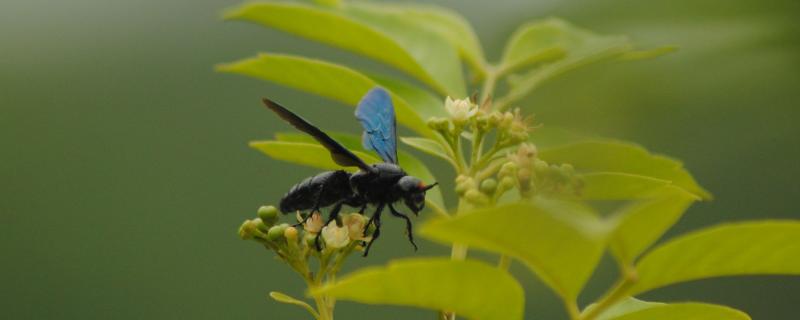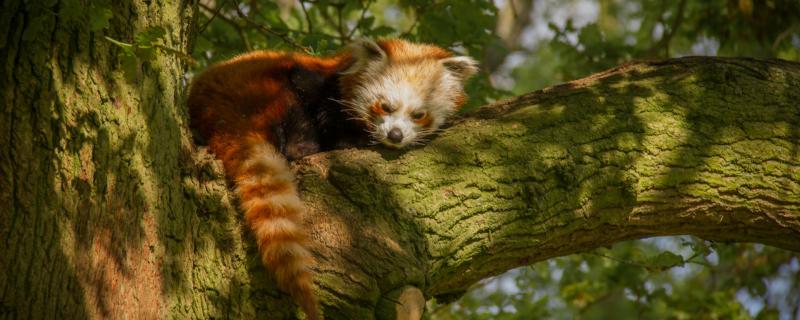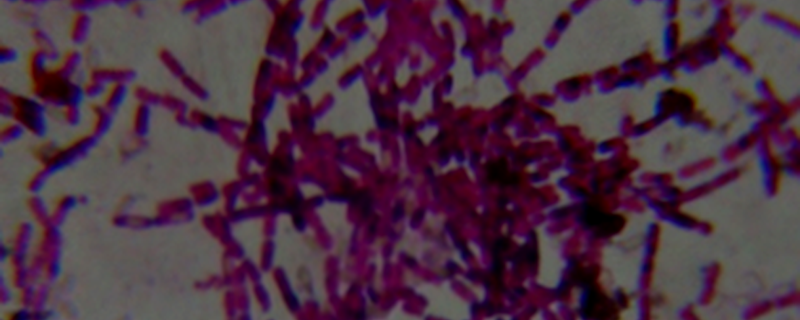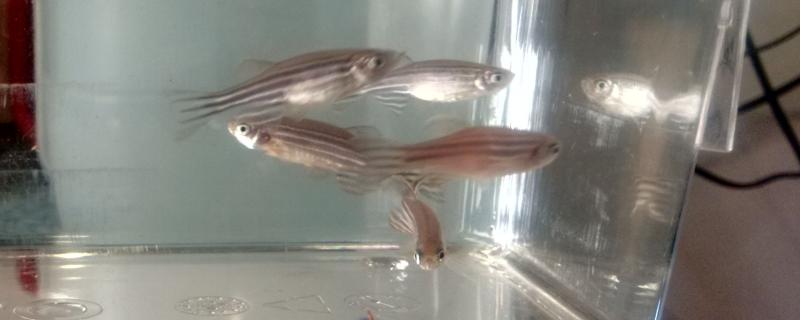Life as we know it on Earth is possible because of water. Hence, the presence of water on our neighbouring ‘red planet’, Mars, was an important discovery. Taking forward the search for water on Mars, scientists from the Luleå University of Technology, Sweden, Sharda University, India, Instituto Andaluz de Ciencias de la Tierra, Spain and Centro de Astrobiología, Spain, have now discovered the widespread presence of liquid water on Mars using the latest technology.
आयआयटी मुंबईद्वारे विकसित नवीन डीप-लर्निंग फ्रेमवर्क SpADANet (स्पाडानेट) मर्यादित लेबल्स वापरूनही अनेक चक्रीवादळांमधील संरचनात्मक नुकसान अधिक अचूकपणे वर्गीकृत करू शकते.
Mumbai/










